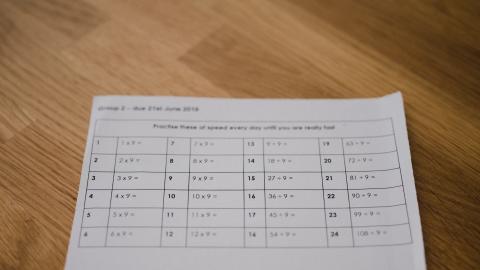Random Number Generator for Any App
Generate random numbers and insert them anywhere with a keyboard shortcut.
Copy templates to use them anywhere:
How does this RNG work
A random number between 0 and 1 is generated using the random() function (see for how the computer generates a random number below). The random number is multiplied by the difference between the lower bound and the upper bound and then added to the lower bound. This process is repeated for every random number.
How do computer generate random numbers
Computers generate random numbers in two main ways: true random number generators (TRNGs) and pseudorandom number generators (PRNGs).
TRNGs use physical phenomena that are inherently unpredictable to generate random numbers. This could include things like atmospheric noise, mouse movements, or the timing of radioactive decay. TRNGs are considered to be the most secure way to generate random numbers, as they are not susceptible to hacking or manipulation. However, they can be slow and difficult to implement in hardware.
PRNGs use algorithms to generate sequences of numbers that appear to be random. These algorithms are deterministic, meaning that they will always produce the same sequence of numbers given the same starting value. However, if the starting value is sufficiently unpredictable, then the sequence of numbers will appear to be random. PRNGs are much faster and easier to implement than TRNGs, and they are often used in applications where security is not as critical.
The choice of which type of random number generator to use depends on the specific application. For applications where security is paramount, such as cryptography, a TRNG is the best choice. For applications where speed and ease of implementation are more important, such as video games, a PRNG is a good option.
Here is a table summarizing the key differences between TRNGs and PRNGs:
| Feature | TRNG | PRNG |
|---|---|---|
| Security | High | Low |
| Speed | Slow | Fast |
| Implementation | Difficult | Easy |
| Applications | Cryptography, gambling | Video games, simulations |




